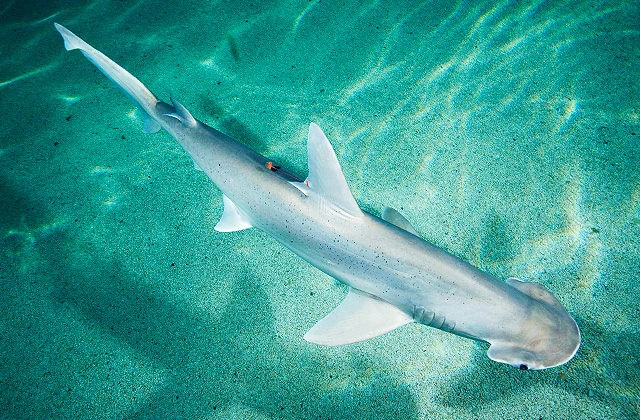The bald eagle is the public bird of the United States as well as a public creature. It is a run-of-the-mill North American bird, going from northern Mexico to the United States, Canada, and Alaska. The main express the bird doesn’t call home in Hawaii. The falcon lives close to any open waterway, favoring natural surroundings with huge trees wherein it constructs its home.
Here you will get to know more.
Portrayal
Bald eagles are not really bare – by adulthood, their heads are white padded. As a matter of fact, the bald eagle’s logical name, Haliaeetus leucocephalus, makes an interpretation of Greek to actually imply “ocean falcon white head”.
Youthful hawks (birds) have earthy-colored plumage. Grown-up birds are brown in variety with a white head and tail. They have brilliant eyes, yellow legs, and a snared yellow nose. Guys and females resemble the other the same, however, mature females are around 25% bigger than guys. The body length of a grown-up bird goes from 70 to 102 cm (28 to 40 in), with a wingspan of 1.8 to 2.3 m (5.9 to 7.5 ft).
Distinguishing a far-off bald eagle in flight can be testing, yet there is a simple method for telling a bird from a vulture or falcon. Though huge hawks move with raised wings and turkey vultures keep their wings in a shallow V-shape, bald eagles with their wings basically level.
A bald eagle is fairly like that a swallow. Their calling is a mix of shrill staccato tweets and whistles. In all honesty, when you hear a bald eagle in a film, you are really hearing the piercing shout of a red-followed falcon.
Here you will get to know more about what is miso
Diet and conduct
At the point when accessible, the bald eagle likes to eat fish. In any case, it will likewise eat little birds, bird eggs, and other little creatures (eg, bunnies, crabs, reptiles, frogs). Bald eagles pick prey that is probably not going to battle a lot. They will handily drive away and eat carcasses to kill different hunters. They additionally exploit rummaging from human homes, fish handling plants, and dumps.
Sharp vision
Bald eagles really have sharp vision. Their vision is keener than that of any human, and their field of view is more extensive. Likewise, falcons can see a bright light. Like felines, birds have an inward eyelid called a nictitating film. Birds can close their primary eyelids, yet see through the clear defensive layer.
Proliferation and posterity
Bald eagles become physically adults at four to five years old. Regularly, birds mate forever, however, will look for new mates if one kicks the bucket or on the other hand in the event that the pair over and over neglects to repeat. The mating season is in pre-winter or spring, contingent upon the area. Romance includes elaborate flight, which remembers an exhibition for which the pair take off, lock locks, and fall, delivering not long prior to raising a ruckus around town. Claw classing and cartwheeling can happen during regional conflicts as well as during romance.
Bald eagle homes are the biggest and biggest bird homes on the planet. A home can depend on 8 feet in length and gauge as much as a ton. Male and female hawks cooperate to fabricate a home, which is made of sticks and is generally situated in an enormous tree.
The female bird lays one to three eggs within 5 to 10 days of mating. Brooding requires 35 days. The two guardians deal with the eggs and little earthy-colored chicks. A hawk’s most memorable genuine quills and nose are brown. Sprouting falcons change to grown-up wings and figure out how to fly huge spans (many miles each day). By and large, a bald eagle lives around 20 years in the wild, albeit hostage birds have been known to satisfy 50 years.
Capacity to swim
Birds are known to fly overhead, yet they additionally well in water. Like other fish falcons, the bald eagle can swim. Birds swim well and fold their wings to involve them like oars. Bald eagles have been seen swimming in the ocean and furthermore close to the shore. Close to land, birds decide to swim with weighty fish.
Discussion level
In 1967, the bald eagle was recorded as jeopardized under the Endangered Species Protection Act. In 1973, it was recorded under the new Endangered Species Act. Emotional populace declines that nearly prompted annihilation included accidental harming (for the most part from DDT and lead shots), hunting, and living space obliteration. By 2004, in any case, bald eagle numbers had recuperated sufficiently that the bird was recorded as “least worry” on the IUCN Red List. Since that time, bald eagle numbers have kept on developing.




